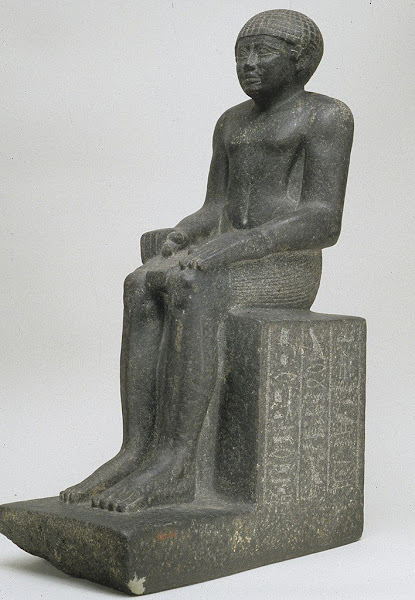Anachronistic contemporaries of the so-called Prophet Mohammed

by Damien F. Mackey I am not saying that this “Nehemiah” and his supposed C7th AD contemporaries, “Khosrau”, “Heraclius”, and “Mohammed” [and Shahrbaraz], have no historical basis whatsoever, but rather that “they all” are non-historical composites based on real ancient (BC) historical notables. That is what I wrote in a previous article: Introduction What! The Byzantine emperor, Heraclius (reign, 610 to 641 AD), fighting a “Battle of Nineveh” in 627 AD! And here I am mistakenly under the impression that the city of Nineveh was completely destroyed in c. 612 BC, and that it lay hopelessly dead and buried until it was archaeologically resurrected by Layard in the mid-C19th AD. But perhaps I am not alone in thinking this. For, according to: http://www.bible-history.com/assyria_archaeology/archaeology_of_ancient_assyria_nineveh.html Nineveh was the famous capital of ancient [Assyria] and one of the mightiest cities of all antiquity. It is situated on the east bank of...


